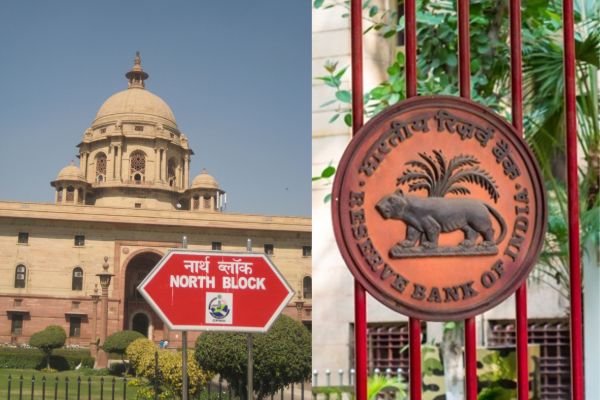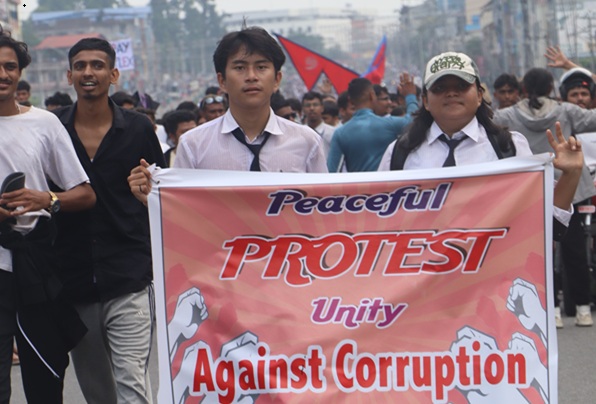.png)
Maternity Leave for Students Not Compassion, But A Fundamental Right
In an inclusive education system, no woman should have to choose between giving birth to a child and her right to acquire wisdom.

By Ravi Bhardwaj
Ravi Bhardwaj is a seasoned legal professional and entrepreneur with expertise in education and startup law frameworks.
August 16, 2025 at 8:49 AM IST
Fifteen years ago, maternity leave was barely a whisper in India’s higher education corridors, a concern reserved for employees, not students. In classrooms, law colleges, medical schools, and universities, the rules were simple and unyielding: miss the mandated attendance, and you lose your seat at the exam table.
Today, that landscape is shifting. The question is no longer if students can be granted maternity leave, but whether it is, in fact, their constitutional right. The debate sits at the intersection of reproductive rights, educational policy, and a changing view of what “inclusive education” truly means.
In India’s evolving academic setting, this conversation is backed by more than sentiment. It is framed in the language of Articles 14, 15, 21, and 42 of the Constitution — the promise of equality, dignity, and humane conditions — and shaped by recent judicial rulings, regulatory advisories, and national policy.
Constitutional Grounding
In Suchita Srivastava v. Chandigarh Administration (2009), the Supreme Court located reproductive choice within a woman’s right to privacy, dignity, and bodily integrity under Article 21. That principle is not confined to the workplace, it extends to any sphere where participation is impaired by pregnancy.
Article 42’s mandate for “just and humane conditions of work and maternity relief” may have been framed for employment, but its humane spirit resonates equally in academia. Articles 14 and 15 demand more than formal equality; they require positive measures so that pregnancy, a biological inevitability for women, does not become a penalty in education.
This has been a blind spot for India’s higher education system, historically built for uninterrupted academic journeys. It is only now, with shifting policy and social awareness, that motherhood is being reframed as a natural phase of life rather than a disruption.
The University Grants Commission has already opened the door, granting M.Phil. and Ph.D. scholars up to 240 days of maternity or childcare leave under its 2016 regulations. Its 2021 advisory urged higher education institutions to extend the same to undergraduate and postgraduate students, while the AICTE has encouraged flexibility for maternity in attendance and exam schedules. The National Education Policy’s multiple entry–exit options could further cushion the academic impact of pregnancy.
But policy intent has long been tested by rigid attendance rules, and courts have been inconsistent. In Ankita Meena v. University of Delhi (2018) and Jasmine V.G. v. Kannur University (2016), pregnant students were still denied relief due to statutory attendance thresholds.
That rigidity has eased in recent years. In Renuka v. UGC (2023), the Delhi High Court ordered a university to grant a 59-day maternity leave to a Master’s student without docking her attendance, calling such relief part of the reproductive rights under Article 21. And in 2025, the Supreme Court went further, striking down maternity benefit limits based on the number of children, declaring maternity leave a constitutional right grounded in dignity and non-discrimination.
While the apex court’s ruling concerned employees, its reasoning offers persuasive grounds for extending similar protection to students — not as charity, but as a matter of right.
The momentum is clear: maternity leave for students is not an academic favour; it is a constitutional necessity. What remains is to move from scattered advisories and case-by-case relief to a binding national framework, ensuring no woman is forced to choose between her womb and her wisdom.



